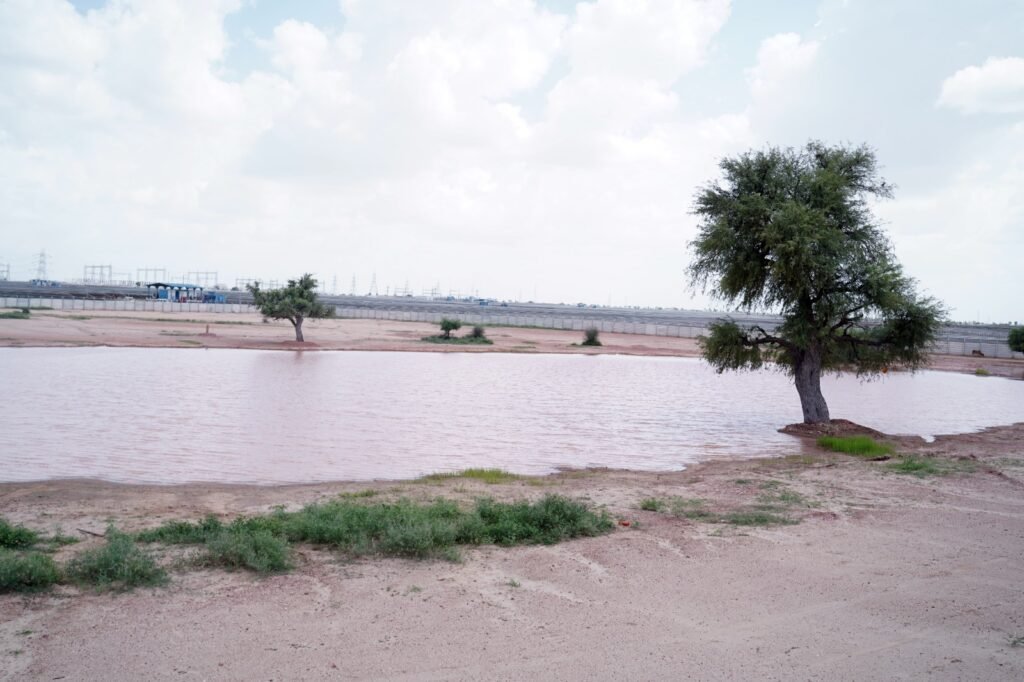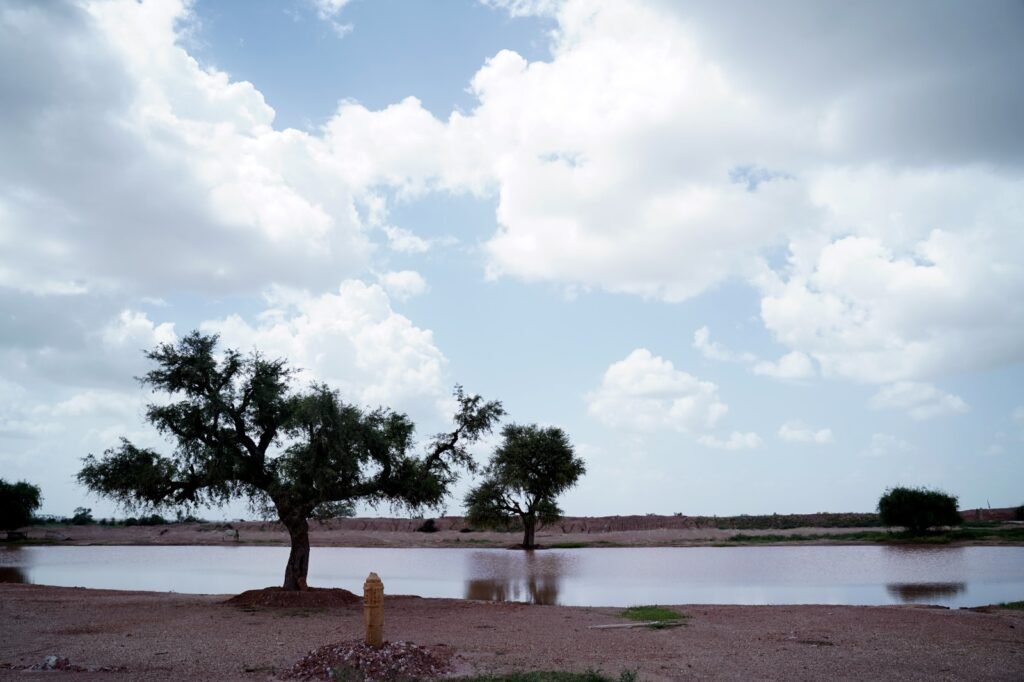A television commercial featuring camels dancing with joy when a tanker opens its water nozzle for them shows the harsh reality of life in the desert where every drop of water is valued. Water is the elixir of life for inhabitants – people and animals – of the desert state of Rajasthan; they understand the value of this precious commodity like no one else. Life revolves around water in Rajasthan; ask those living in places like Jaisalmer and Barmer what it means to travel long distances in the scorching sun to fetch the precious resource. So it is but natural that rainfed waterbodies — man-made or natural — have been the focal point around which human settlements have developed for centuries in the state.
Village ponds hold great significance for the people here. They believe these are more than just bodies for storing water; they are the lifeline of the communities surrounding them. Despite the advancements in technology and the popularity of borewells and hand pumps, people realize that ancestral ponds are the guardians of their identity. So, they have now gone back to reviving ponds, storing water in them, and using it wisely.

The Adani Foundation recognized the dire need for water conservation in these parched lands and embarked on a mission going beyond just enhancing water storage. The goal was to revive and preserve ponds, the lifeline of these villages. Communities and local leaders became architects and decided on the excavation area, pond depth, and catchment area enhancements. Their decisions didn’t solely revolve around water but involved concerns for child safety, the welfare of cattle, and the natural rhythm of rainfall.
“For centuries, we have depended on this pond for our water requirements and it gets filled during the rainy season. But scant rain, which is common in this part of the state, and silt deposits make it difficult for the pond to hold water,” says Gafoor Khan, Sarpanch of Madhopur in Pokhran, Jaisalmer. “However, things are better now after the Adani Foundation took up the desilting and dredging at our Noteri pond that has water for 10-11 months.”
Water conservation efforts in Jaisalmer district, particularly in villages like Nedan, Madhopura, Dawara, Rasala, Achala, and Bhensara in the blocks of Pokhran and Fatehgarh have made a significant impact on the region’s water resources. These efforts, which resulted in restoring a total combined storage capacity of over 70,000 cubic meters, have not only increased the availability of water for the local communities but also contributed to groundwater recharge, ensuring a sustainable source of water for future generations.

This remarkable feat showcases the positive impact of community involvement, responsible resource management, and the commitment to preserving the natural heritage of the region. It is a testament to the power of collaborative efforts to address critical environmental challenges and secure a brighter future for these arid landscapes and their resilient communities.
“Not only the residents of Dawara but also cattle and stray animals depend on the Chataliya pond for water. People from nearby settlements come on carts and tractors to collect water. This is the only source of water for the village. We get water for 8-10 months after the pond is filled during the rains. We are thankful to the Adani Foundation for digging and cleaning this pond for our use,” says Inder Singh, resident of Dawara village, Fatehgarh, Jaisalmer.
The people’s connection to their land, culture, and history is strong. The Foundation’s initiatives to conserve water by revitalizing waterbodies ensure the survival of these villages. The locals know that their ponds are as resilient as they are. They know that their culture will survive, their country will grow, and the springs of life will forever nurture their souls. The desert’s legacy will be carried on for centuries to come.
